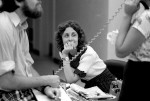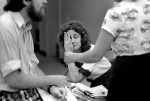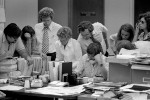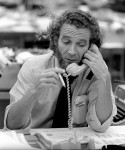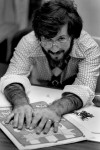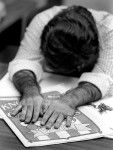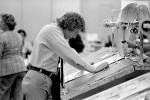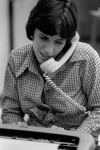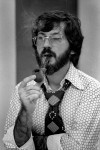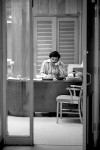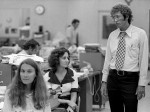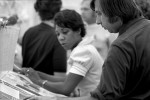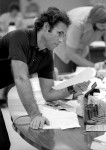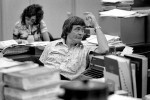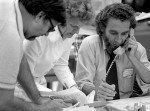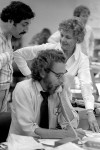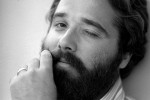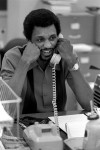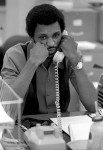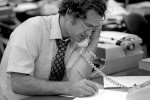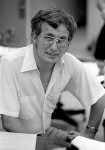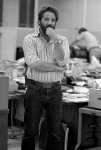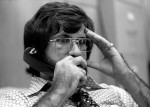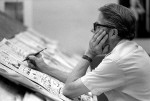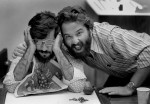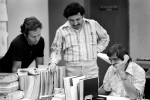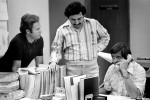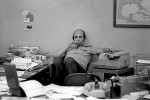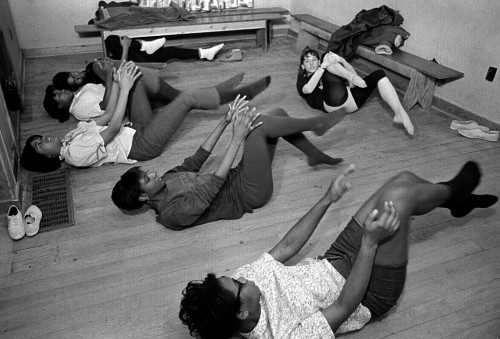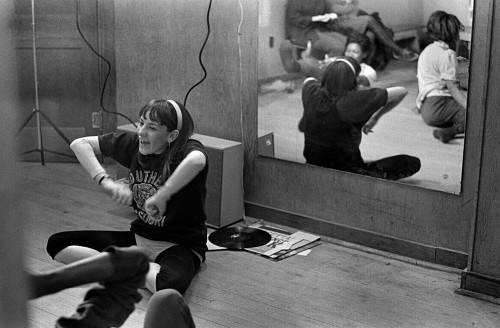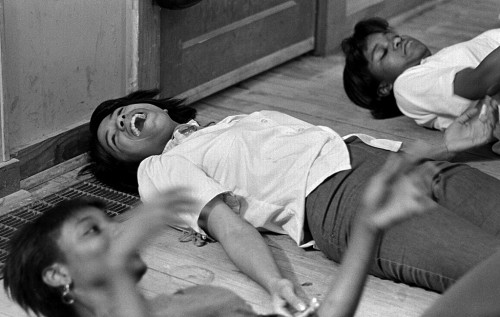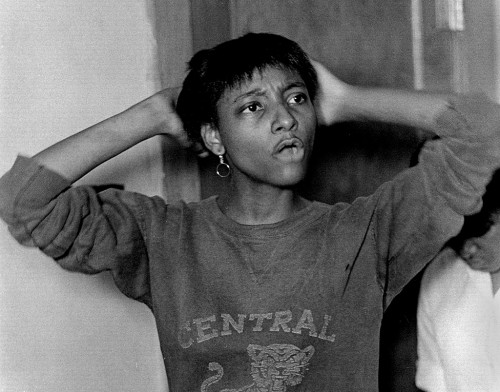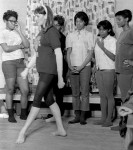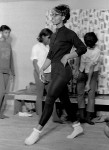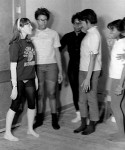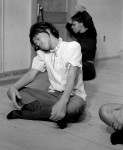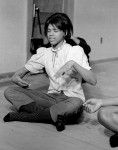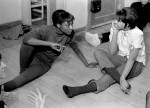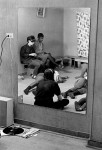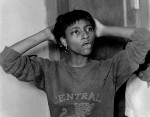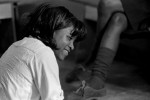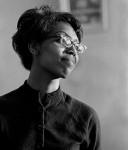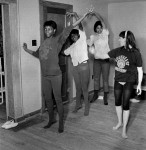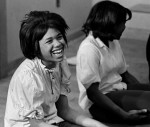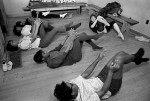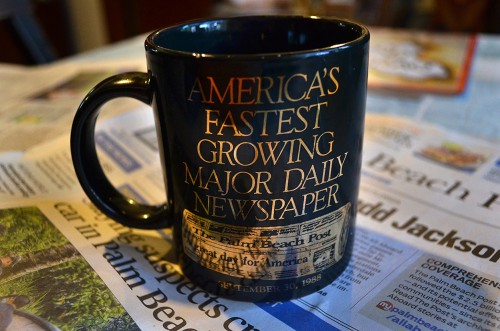 The Palm Beach Post is giving itself an extended pat on the back for surviving 100 years. I logged about 35 years there, stretching from the early 1970s until I took a buyout in 2008. I congratulate the publication on surviving, even if it’s a shadow of its former self. It was billed as “America’s Fastest Growing Major Daily Newspaper” on a coffee mug dated September 30, 1988.
The Palm Beach Post is giving itself an extended pat on the back for surviving 100 years. I logged about 35 years there, stretching from the early 1970s until I took a buyout in 2008. I congratulate the publication on surviving, even if it’s a shadow of its former self. It was billed as “America’s Fastest Growing Major Daily Newspaper” on a coffee mug dated September 30, 1988.
A recent house ad bragged that “The Post’s newsroom has more than 100+ Journalists…” (They must have laid off the copy editor who would have known that “more than” and “100+” is redundant.) In 2007, the newsroom had three times that many staffers, but, who’s counting?
Clatter, clutter and ringing of bells
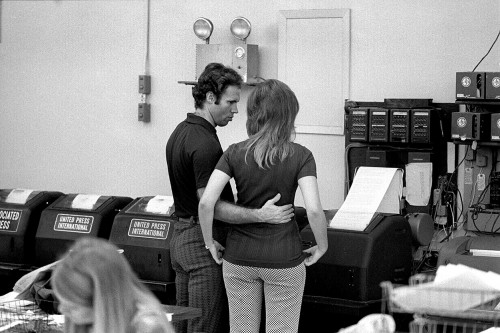 Here’s what election night looked like in 1976, an era when reporters used typewriters (mostly manual), election results arrived by telephone and were tabulated by hand by scowling reporters and editors keeping an eye on the deadline clock. News came in on a bank of wire service teletypes with much clatter, clutter and ringing of bells.
Here’s what election night looked like in 1976, an era when reporters used typewriters (mostly manual), election results arrived by telephone and were tabulated by hand by scowling reporters and editors keeping an eye on the deadline clock. News came in on a bank of wire service teletypes with much clatter, clutter and ringing of bells.
REAL cut ‘n’ paste
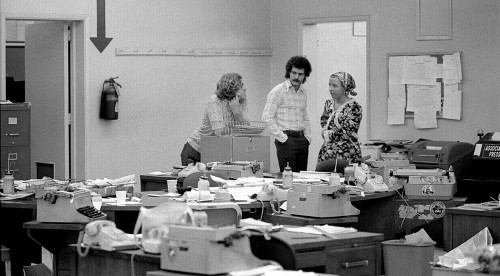 You can see glue bottles scattered all over the newsroom, from an era where “cut” was done with scissors or the edge of a pica pole. The “paste” part was done with homemade paste or – in the case of the upscale Post – rubber cement.
You can see glue bottles scattered all over the newsroom, from an era where “cut” was done with scissors or the edge of a pica pole. The “paste” part was done with homemade paste or – in the case of the upscale Post – rubber cement.
OSHA doomed the “spike”
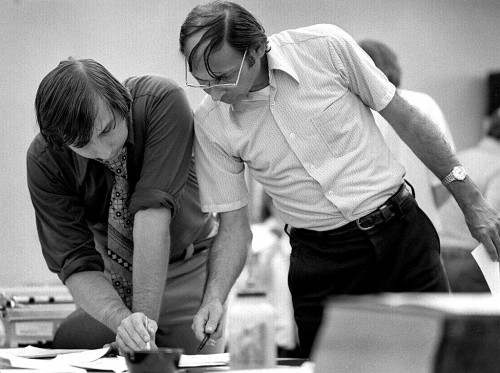 OSHA must have put an end to another old newspaper standby, the “Spike.” When I first got into the business, almost every desk had a wicked-looking spike attached to a flat base. When you were through with your notes or other paperwork, you’d “spike” them on the sharp thing that looked like a long needle. It screwed into the base so you could remove the oldest stuff from the bottom when the spike got full.
OSHA must have put an end to another old newspaper standby, the “Spike.” When I first got into the business, almost every desk had a wicked-looking spike attached to a flat base. When you were through with your notes or other paperwork, you’d “spike” them on the sharp thing that looked like a long needle. It screwed into the base so you could remove the oldest stuff from the bottom when the spike got full.
With practice, you could hold a paper flat in your palm, and slam it down on the spike without getting speared as it passed between your fingers. I punctured a finger from time to time until I mastered the technique, but I never heard of anyone falling across a desk and impaling himself on one.
The terminology outlasted the tool. If an editor decided to kill a story, he or she would “spike it,” just like you’d drive a stake through a vampire’s heart.
A photo gallery of characters
I’ve held these photos for a couple or years thinking I’d get around to telling the story of some of the characters who inhabited the newsroom in the days before the office and its denizens were domesticated. The folks who wrote the stories were often more interesting than their subjects. Click on any photo to make it larger, then use your arrow keys to move through the gallery. Posties, feel free to leave comments with your memories of this fascinating crew and era.


